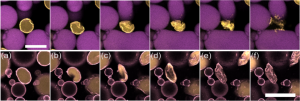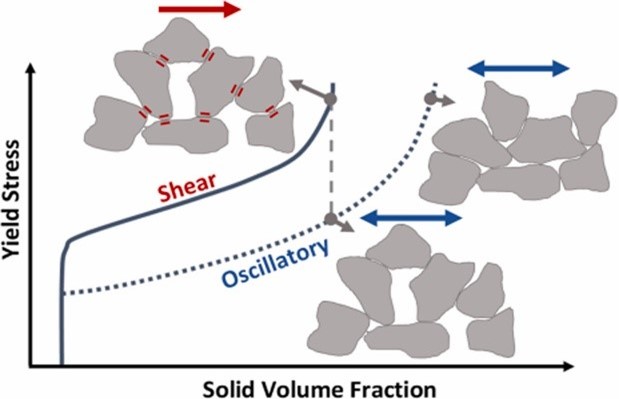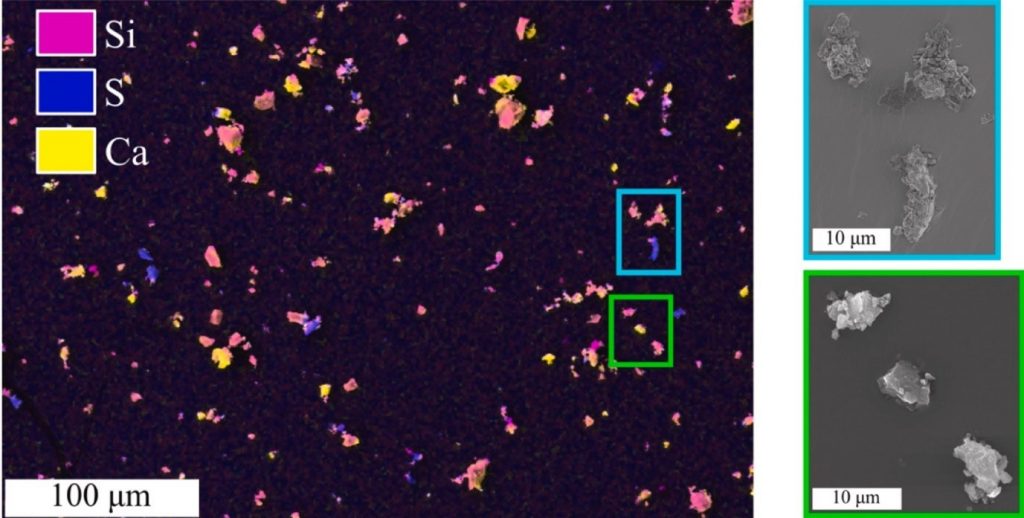
Linking compositional ripening of droplets to interfacial rheology
A new paper led by Dr Raj Tadi from the Soft Matter & Biological Physics group at the University of Edinburgh sheds light on how to control and manipulate compositional ripening in emulsions.



